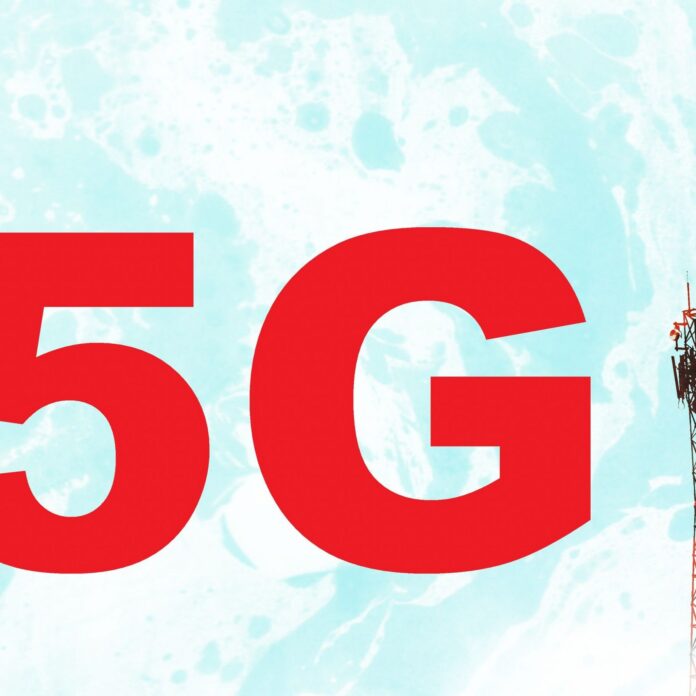Qualcomm has been laying out its vision for a “5G” world in recent weeks, including a workshop in San Diego focused on its 5G vision that included demonstrating a 28 GHz millimeter wave system.
Rasmus Hellberg, senior director of technical marketing for Qualcomm, spoke at the event and also told RCR Wireless News about the three primary areas in which Qualcomm sees 5G use cases. They include:
- Mission-critical services and control. In previous generations of wireless systems, reliability and/or latency concerns have limited mission-critical use cases. In these types of systems, Hellberg said, “you can’t lose links. You have to have multiple links and redundancy, and strong security.” He includes mission-critical infrastructure connectivity as well as communications in this segment. Ultra-low latency use cases include as the ability to perform remote surgery in this segment, as well as connected autonomous vehicles, where latency requirements could be as low as one or several milliseconds.
- IoT services. 5G is widely expected to be driven by the demands of the “Internet of Things.” This may or may not include mobility, Hellberg said – which could cut down significantly on the amount of signaling involved. Mobility itself may be a service in the future, he added.
- Enhanced mobile broadband. Given the high demand users are placing on current systems, this use case seems like a basic requirement for 5G. Hellberg said that a “faster and more unified experience” should be the goal for 5G – and not just high peak rates for some users, but scalability to wider bandwidths available in the high-frequency spectrum bands. Hellberg said that both extreme capacity and terabyte-level speeds will lead to a new level of densification in networks.
Underpinning these use cases, Hellberg said, is Qualcomm’s vision for a “unified, flexible” air interface that would enable diverse deployments with a variety of end point, multi-hop, mesh or relay architectures. This would be particularly relevant for “Internet of Things” use cases, where battery life concerns and specific services could lead to emphasize on uplink, downlink or relays where other devices boost a sensor’s data to the nearest cell tower and the rest of the network. The leap to 5G also gives the opportunity to re-think the amount of signaling involved in network transactions, Hellberg said, which has a large impact on battery life and network congestion as well.
“We might not even know all the services, and the combinations of services, that will happen between 2020 and 2030,” Hellberg said, and 5G must “not only have scalability to support them, but the flexibility to do things in the future that we don’t even know about today, so that when we do them, we don’t break the services that have already been added.”
Study items for 5G are expected to be taken on by 3GPP starting this year, with a finalized standard expected by 2018, and commercial deployments anticipated by 2020. Pre-standard technology is likely to emerge, however, with trials and tests slated for this year by companies including Verizon Wireless, and other carriers planning to showcase 5G during 2018 and 2020 Olympic events.

